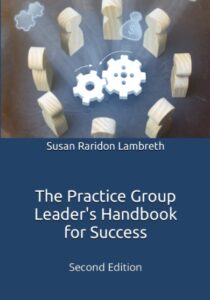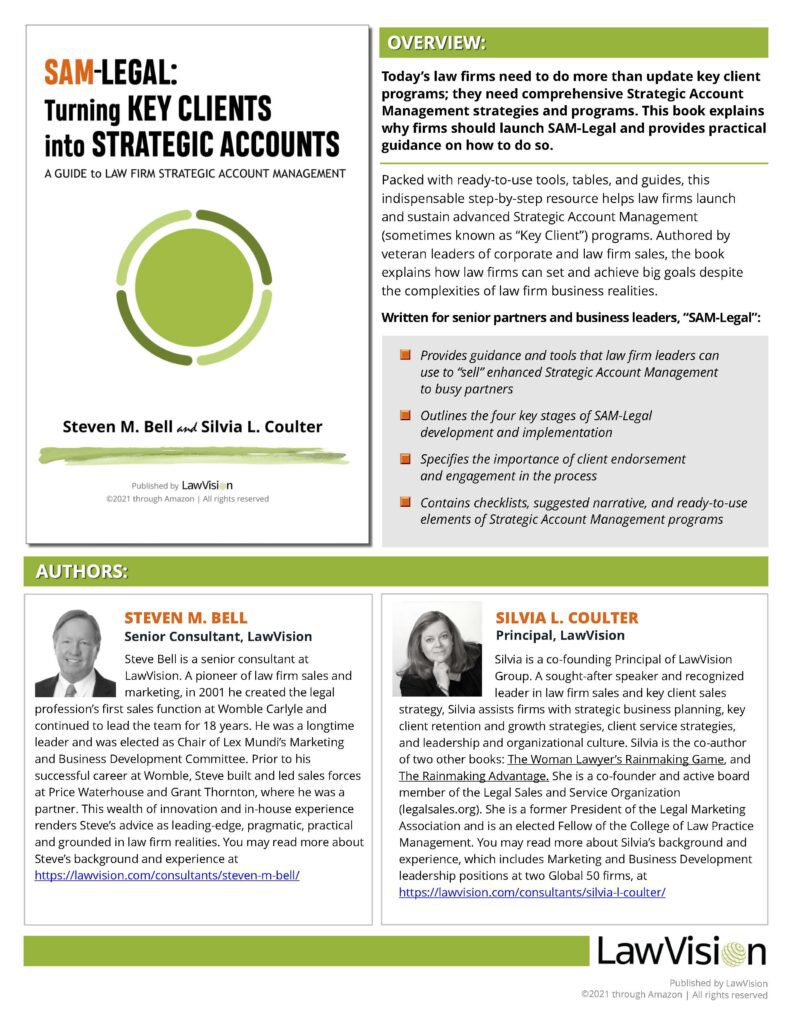*HOT OFF THE PRESS*
The Practice Group Leader’s Handbook for Success (2nd Ed)
First published in 2005, The Practice Group Leader’s Handbook for Success w as the first and still the only book written to provide law firm practice leaders with strategic and tactical advice on how to do their job effectively and still maintain their personal practice. It was considered a critical desk reference for practice group leaders across many leading firms. The second edition (May 2023) not only provides important new information on the topics covered in the earlier edition but also includes new material on leadership vs. management, understanding lawyer personality traits, creating engaged practice group members, being a change agent, managing teams and workload, and reducing attrition. The book also includes background on best practices for successful practice management structures in firms and model documents for practice group leaders and practice group professional job descriptions. The appendices also offer reference material on setting your practice management structure up for success, job descriptions for practice leaders and practice group professionals, and business planning templates – to name a few.
as the first and still the only book written to provide law firm practice leaders with strategic and tactical advice on how to do their job effectively and still maintain their personal practice. It was considered a critical desk reference for practice group leaders across many leading firms. The second edition (May 2023) not only provides important new information on the topics covered in the earlier edition but also includes new material on leadership vs. management, understanding lawyer personality traits, creating engaged practice group members, being a change agent, managing teams and workload, and reducing attrition. The book also includes background on best practices for successful practice management structures in firms and model documents for practice group leaders and practice group professional job descriptions. The appendices also offer reference material on setting your practice management structure up for success, job descriptions for practice leaders and practice group professionals, and business planning templates – to name a few.
Price: $199.00
Contact Program & Roundtable Director Eva Booth > eva.booth@lawvision.com for pricing when purchasing 5 or more books. Click HERE to view the table of contents.
Click HERE to order.



